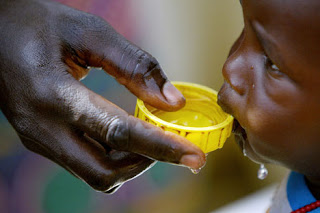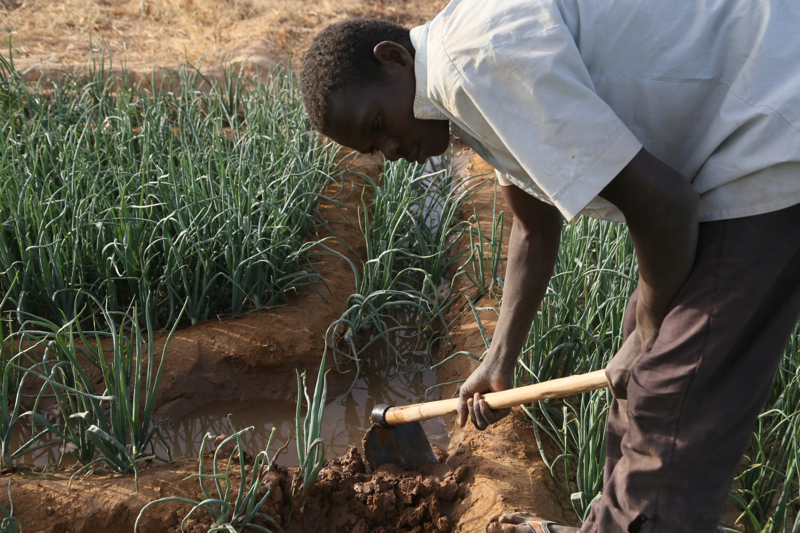Currently, only 58% of the population has access to a source of improved drinking water. This lack of clean water has affected the population’s health leading to low average life expectancy and high infant mortality rate
Water shortages also have an impact on the quality of education, particularly on girls. They spend most of their time fetching water instead of attending school. Only 28.7% of the population over the age of 15 are literate, and of females the literacy rate is only 15.1%.
 In order to increase the clean water coverage rate and to improve living conditions, healthcare and food security, the organization must :
In order to increase the clean water coverage rate and to improve living conditions, healthcare and food security, the organization must :
- drill more village wells.
- train and raise awareness among the people of the valley.
- create commercialgardens.
- create new commercial garden wells.
These activities reduce the housewife’s chores and enable them to develop other income generating activities. These activities also release the children from the chore of water fetching and they can go to school.
Life expectancy at birth is 54 years old and one out of five children do not reach the age of 5 because of water-borne diseases and to the lack of awareness of sanitation and hygiene measures .
 Our aim is to bring water access closer to families. Therefore we built or rehabilitate drinking water wells to ensure that each camp will be less than 6 miles away from water access. At the same time we teach the populations to maintain the wells ‘maintenance and the importance of safeguarding drinking water. The estimated average lifetime of a well is around thirty years. People of the area tend to settle and begin working on the land.
Our aim is to bring water access closer to families. Therefore we built or rehabilitate drinking water wells to ensure that each camp will be less than 6 miles away from water access. At the same time we teach the populations to maintain the wells ‘maintenance and the importance of safeguarding drinking water. The estimated average lifetime of a well is around thirty years. People of the area tend to settle and begin working on the land.
Through rehabilitation of market wells, more and more people create larger vegetables gardens. This helps fight food insecurity and also supports income growth. To date, some farmers have multiplied their incomes by four from selling their own products, particularly onions.
Impoverishment of the soil, archaic tools and shortage of irrigation water make the development of market gardens in the Tidene Valley difficult.
So, our actions for rehabilitation and drilling of wells matches with the rural development strategy leading to the eradication of poverty.
A sustainable economic and social development will provide food security to the people.
Agricultural wells have allowed the people of the Tidene Valley the opportunity to create well irrigated commercial gardens and to grow vegetables to be sold on the market, increasing their income.

Today , we must face the need to train these farmers to develop better vegetable-growing techniques in order to reach a high crop yield.. We would like to work with an organization specialized in market gardens, irrigation techniques and horticulture.





